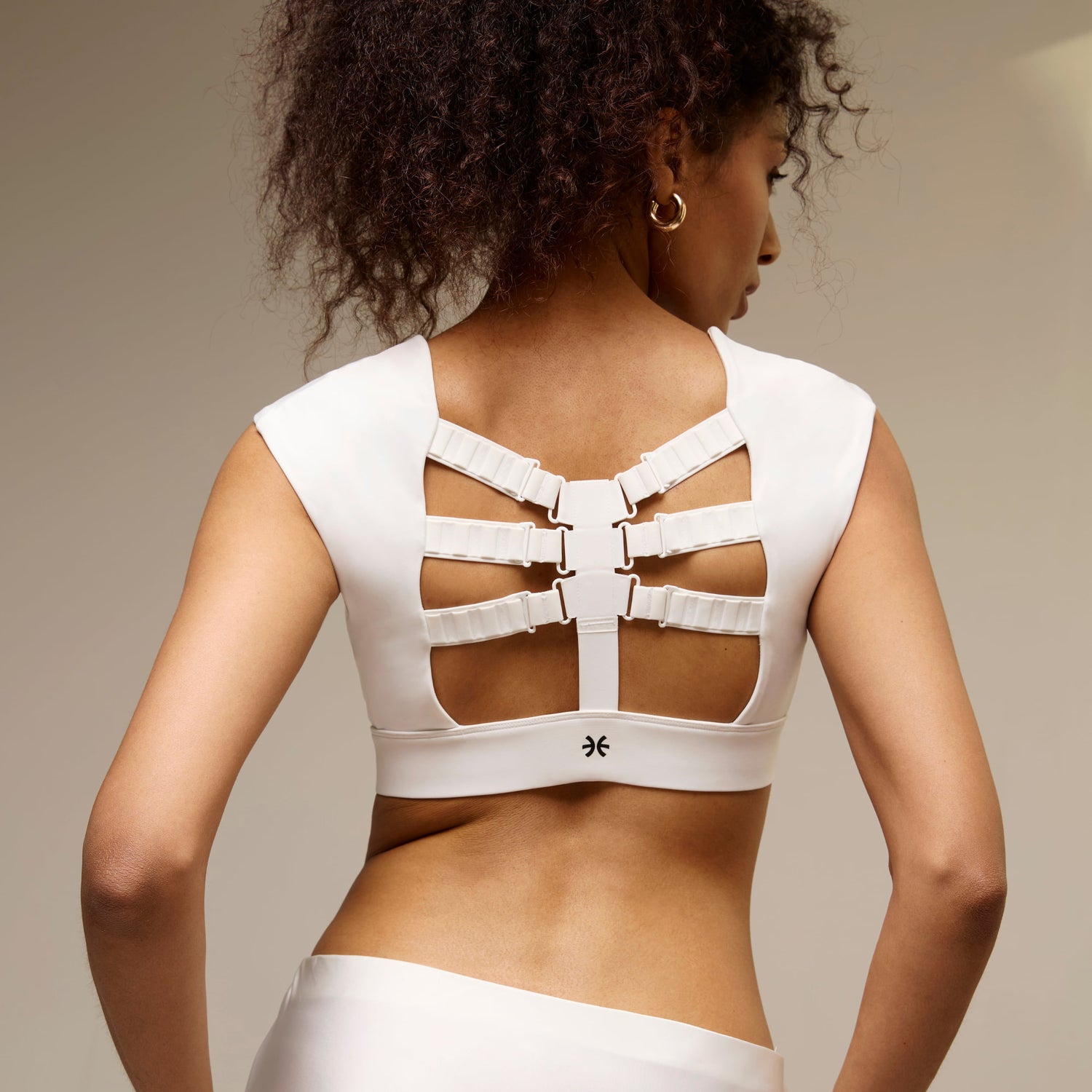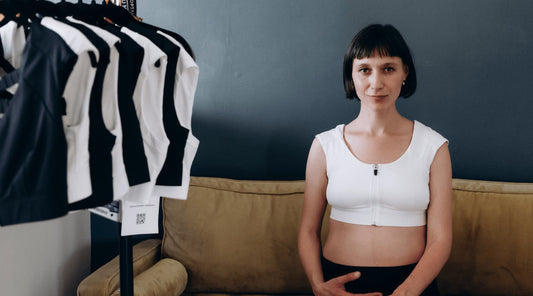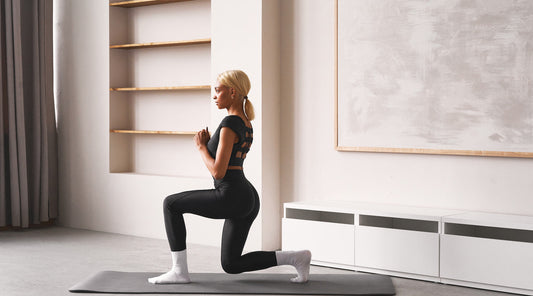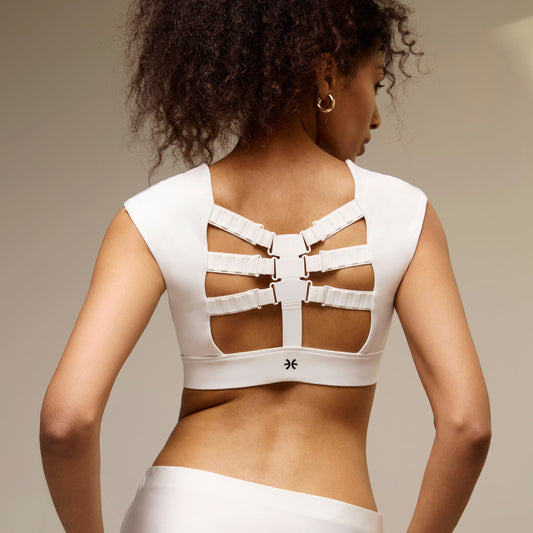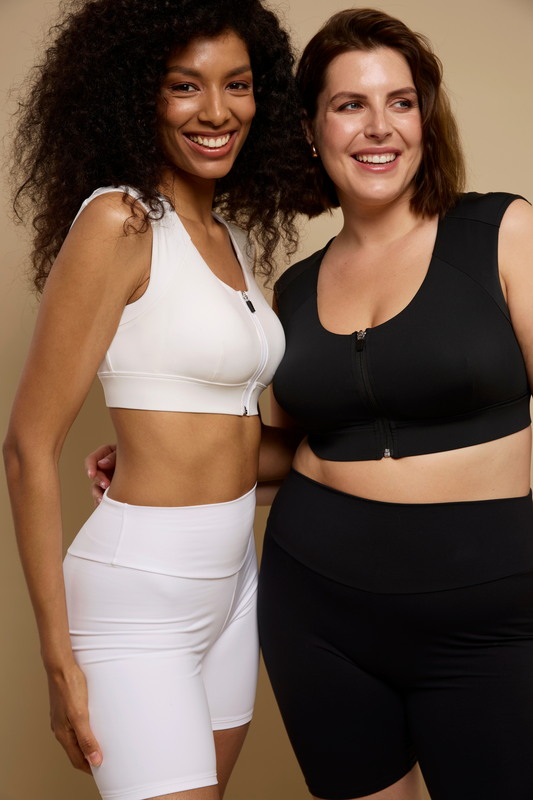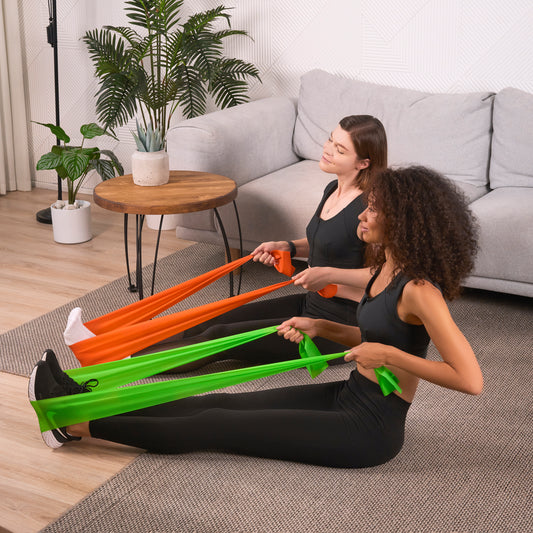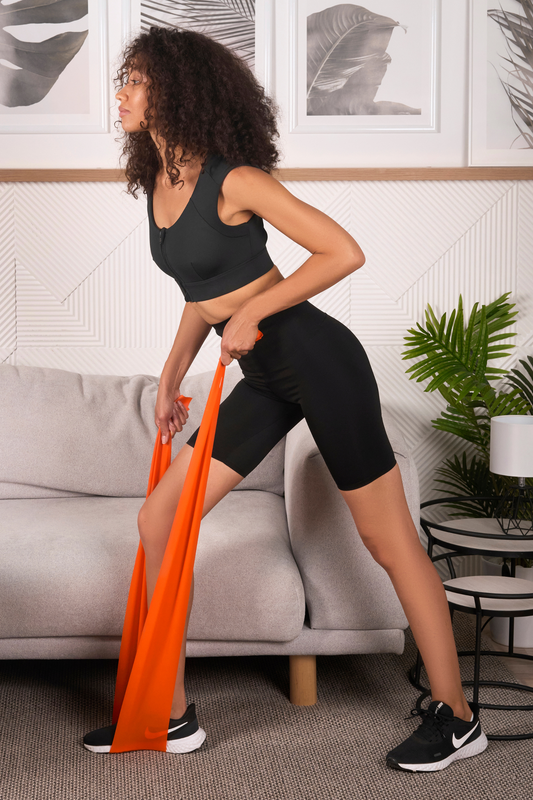Coming back to normal means more traveling this holiday season! Trips are a lot of fun, but also could be exhausting for your mind and body. Long distance sitting without room for stretching in a car or plan can lead to back and neck pain. In this article we provide different strategies how to keep mind body alignment during traveling and minimize negative affect on your body.
How traveling affects posture?
Traveling for pleasure and work both is stressful. The last thing that might come to your mind is how to maintain good posture or take care of your back. Until it starts to hurt from lugging heavy back or sleeping in a sitting position. Besides just physical discomfort staying in awkward position can exacerbate existing postural issues.
When we sit long time in cramped position without stretching, it increases pressure on joints and neck muscles. Static spine position can put excess pressure on the intervertebral discs too. Car or plane seats are not designed ergonomically for every type of body to provide support to your back and neck. Therefore uncomfortable posture affects blood flow and circulation leaving your muscles without oxygen.
Another challenge for your neck is looking in devices all the time keeping them on your lap or tray table. It puts your head in downward position and increases pressure on the spine. Check our “Teck Neck” article to learn more how to prevent your neck from unusual stress and reduce risks of headaches.

Tips for back pain-free travels
Pack light and smart
Even before getting into a car, or plane carrying heavy bags and lyfting them up can make serious impact on muscles. Try to choose suitcase with 4 wheels that is easy to roll without hunching over. Modern luggage design allows to attach your backpack or carry-on bag on top of a suitcase to make it easy to move it.
If you need to lift a heavy bag overhead or from a baggage claim, prepare to do it by engaging your core and do it in stages rather than in one movement. Bend your knee and use leg muscles to left instead of your lower back. Particularly with taking a bag from a carousel, set your shoulder blades back. When lifting try to keep the case close to you, and avoid your torso being in a side-bent or rotated position.
Sit up straight with Etalon
Make sure your posture is straight when you are in a vehicle or plane. However it’s not easy to remember, wearing posture correcting bra like Etalon can help gently pulling your shoulders back and moving your shoulder blades closer together. Etalon Bra is easy to combine with any travel outfit. It doesn’t look scary or trigger security officer to think you are wearing ammunition.
Support with pillows
Back and neck pillows are your best travel friends. They prevent from pain that’s caused when the cervical muscles in your neck cramp up and provide more comfortable nap. U-form of a pillow that locks under your chin fix the neck and helps to avoid neck pain and keep natural spine curves. Most of companies provide a small pillow at long flights. You can use behind your back for lumbar support or roll-up a sweater and use it instead.
Another trick from swelling or stiffness in the ankles and feet is compression stockings. They work by applying pressure to your lower legs, helping to maintain blood flow, and reduce discomfort and swelling.

Stretch
It’s ideally to stretch every 20-30 minutes during long time sitting to relax back muscles and let blood circulation flow. If it’s not possible to get our of a seat and walk, you can do basic exercise in sitting position. First of all. Engage glutes: try clenching your butt cheeks for 5 seconds and releasing them for another 5 seconds – do this 10 times. A good way to prevent swelling in your lower extremities is to trace the letters of the alphabet with one foot and then repeat with the other. Try to raise your leg up, especially if there is a special foot rest for it or massage your calf. Do shoulder rolling whenever possible to return to natural curve position.
Do A Posture Check
Good posture starts from mind and body awareness. Scanning the body regularly to make small but helpful adjustments can minimize strain on the spinal structures.
Keep looking for proper position:
- Both feet are flat on a stable surface
- The inward curve of the lower back (the lumbar lordosis) is supported with the seat’s lumbar support or added support
- The lower back is pressed against the seatback or lumbar support
- Both ears are aligned over the shoulders without the chin jutting forward, and the shoulders are aligned over the hips, to avoid hunching the back
- A headrest supports the middle of the head and does not push the head forward
Sources
https://www.doylechiropractic.com/travel-tips-protect-posture/
https://www.macquariestphysio.com.au/posture-tips-for-travel/
https://www.spine-health.com/wellness/ergonomics/how-protect-back-while-traveling
https://fitforworksg.com/a-complete-guide-to-travel-ergonomically/
Photo by Alan Alves on Unsplash
FAQs
Why does traveling often cause back and neck pain?
How can carrying luggage affect my posture?
What’s the best sitting posture for long flights or car rides?
Can posture-supporting products help during travel?
How often should I stretch on a long trip?
Are there ways to prevent swelling in legs and feet while traveling?
Trending
Try Etalon posture improvement products
